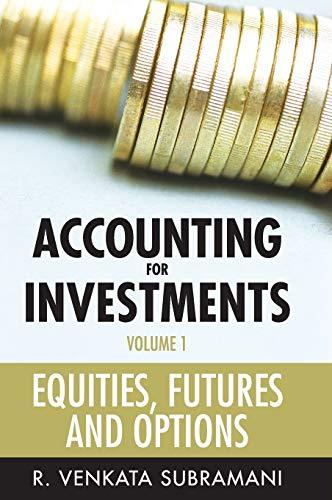Case Study - Financial Analysis Let's Throw a Business Party! A case study to learn how to project sales, research and estimate expenses, and to calculate projected profit/loss. This analysis will include the development of an income statement and students will conduct a break even analysis. The project will require you to make a profitable party plan as a business consultant, determining whether the party is financially viable. Please be sure to review the assignment to determine the requirements. To determine whether your idea for a party is practical, you will need to research the costs of party finding costs in the industry and similar parties and venues as a way of 'benchmarking'. You will then need to think critically to answer a series of financial questions in paragraph form (see below). Remember build the Income Steps Breakeven? Statement You will need to determine howmany tickets you would need to sell at your ticket price to breakeven. Remember, the break even formula is: Income Statement (also known as Profit/Loss Statement) Step 1: Determine the Projected Revenue - (# of tickets sold for the party multiplied by the price charged per ticket). You will need to review and utilize one of the sales projection methods from the Prezi overview for Financial Analysis. # of tickets needed to break even fixed expenses (price charging per ticket- variable expenses, ie, the cost per ticket) Step 2: Determine the major expenses (list each type of expense and how much you think it will be). Expenses should be listed as "Cost of Goods Sold"- these are your variable expenses for the party that change based on the number sold (e.g, food). Then, the remaining expenses should be listed as "Operating Expenses"- these are your fixed expenses for the party that remain the same no matter how many tickets you sell. Then, to determine the revenue needed to breakeven, just multiply the number of units necessary by the price you are charging per ticket. Step 3: Profit or Loss? Take your revenue and subtract all of the expenses. If there is money left over, you have a profit. However, If you have no money leftover, and you actually have more expenses than revenue, you are losing money. You may need to consider either (1) raising the price charged per ticket, or (2) lowering expenses. For the purpose of conducting this analysis, research expenses for the party. You will need to determine actual suppliers you can purchase from and actual estimated costs based on your research. Remember to cite all sources in MLA format! Case Study - Financial Analysis Let's Throw a Business Party! A case study to learn how to project sales, research and estimate expenses, and to calculate projected profit/loss. This analysis will include the development of an income statement and students will conduct a break even analysis. The project will require you to make a profitable party plan as a business consultant, determining whether the party is financially viable. Please be sure to review the assignment to determine the requirements. To determine whether your idea for a party is practical, you will need to research the costs of party finding costs in the industry and similar parties and venues as a way of 'benchmarking'. You will then need to think critically to answer a series of financial questions in paragraph form (see below). Remember build the Income Steps Breakeven? Statement You will need to determine howmany tickets you would need to sell at your ticket price to breakeven. Remember, the break even formula is: Income Statement (also known as Profit/Loss Statement) Step 1: Determine the Projected Revenue - (# of tickets sold for the party multiplied by the price charged per ticket). You will need to review and utilize one of the sales projection methods from the Prezi overview for Financial Analysis. # of tickets needed to break even fixed expenses (price charging per ticket- variable expenses, ie, the cost per ticket) Step 2: Determine the major expenses (list each type of expense and how much you think it will be). Expenses should be listed as "Cost of Goods Sold"- these are your variable expenses for the party that change based on the number sold (e.g, food). Then, the remaining expenses should be listed as "Operating Expenses"- these are your fixed expenses for the party that remain the same no matter how many tickets you sell. Then, to determine the revenue needed to breakeven, just multiply the number of units necessary by the price you are charging per ticket. Step 3: Profit or Loss? Take your revenue and subtract all of the expenses. If there is money left over, you have a profit. However, If you have no money leftover, and you actually have more expenses than revenue, you are losing money. You may need to consider either (1) raising the price charged per ticket, or (2) lowering expenses. For the purpose of conducting this analysis, research expenses for the party. You will need to determine actual suppliers you can purchase from and actual estimated costs based on your research. Remember to cite all sources in MLA format








